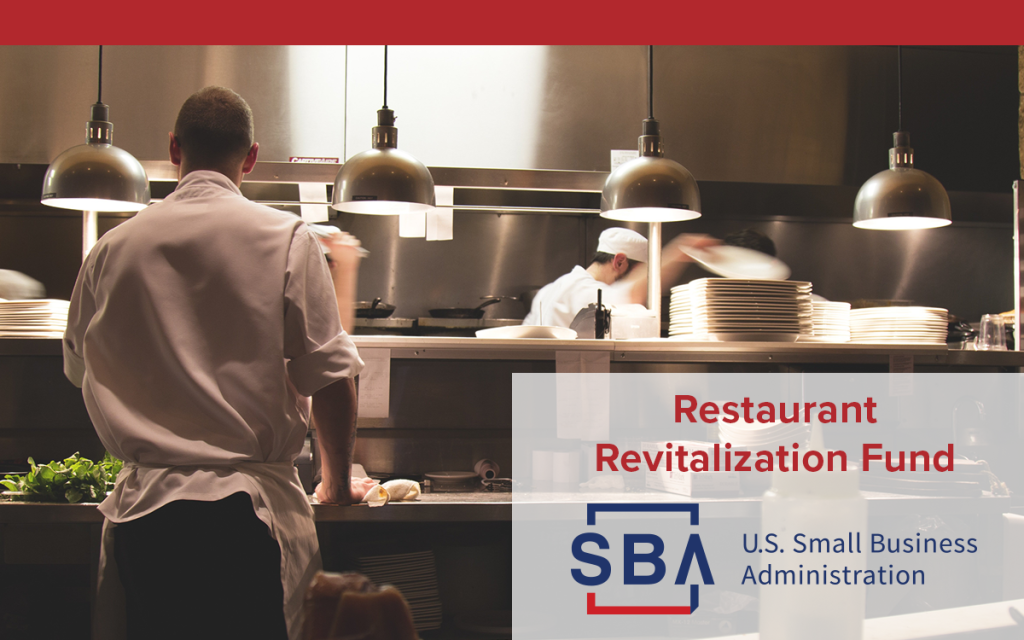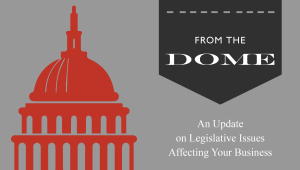28 Apr Restaurant Revitalization Fund – Be Prepared to Apply Monday at 11 a.m.

Greater Mankato Growth participated in the U.S. Small Business Administration webinar on April 28th to learn more about the Restaurant Revitalization Fund and its application process. In short, the Restaurant Revitalization Fund will allow restaurants, bars, and other similar entities (a full list of eligible entities can be found here) to receive a grant that covers all lost revenue in 2020 compared to 2019. Please note special rules apply to entities that opened after January 1, 2019 or that still haven't opened. This blog post will first share how to apply and will then share additional details on the specifics regarding the program.
The SBA will open up the opportunity to create an account at restaurants.sba.gov this Friday at 8 a.m. Central Time by choosing "Register to start your application." Applicants are strongly encouraged by the SBA to create their accounts on Friday and not to wait until Monday. The opportunity to submit an application will open on Monday, May 3, at 11 a.m. Central Time. The SBA holds that the website is designed to support expected traffic with all restaurants submitting applications at that time. Applicants are strongly encouraged by the SBA to submit their application at the first possible minute. Additionally, applicants are encouraged to review all documentation at the SBA's webpage on the fund. Please note that a recording of the SBA webinar can be viewed at the end of the "How to Apply" section of this blog.
Edit: 4/29/2021 The SBA's Restaurant Program Knowledge Database serves as a growing list of FAQs that may answer questions that you have specific to your business.
How to Apply
The first step applicants should take is registering (creating a login account) at restaurants.sba.gov on Friday at 8 a.m. Applicants that plan to submit their application via the point of sale (POS) providers Square or Toast do not need to register. Entities utilizing Clover or Aloha should still register. The only requirement when registering on Friday is that applicants must have a mobile phone as a text will be utilized to verify the login.
It's key for applicants to to begin preparations ahead of the when the application process opens Monday May 3, at 11 a.m. Applicants can prepare by following instructions below, reading the program guide, having all documentation prepared in labeled PDFs, and completing the sample application. Applicants that have conducted this pre-work are expected to complete the application in roughly 25 minutes. The SBA encourages that restaurants that seek to apply should be prepared to submit their application in the first possible minute after the portal opens. The website currently handles more traffic than is expected on Monday and is not expected to crash.







